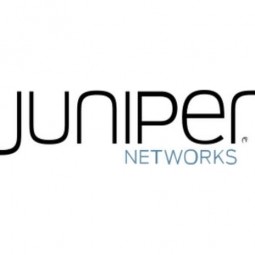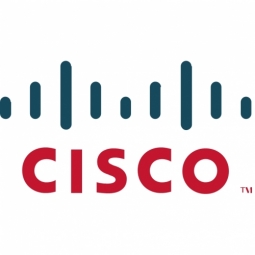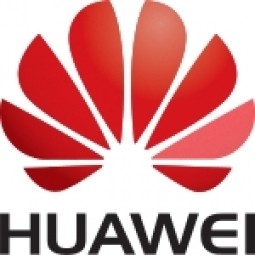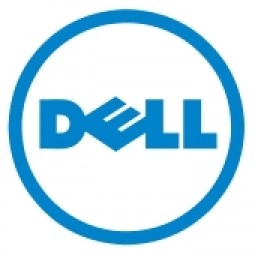Juniper Networks

Overview
|
HQ Location
United States
|
Year Founded
1996
|
Company Type
Public
|
Revenue
$1-10b
|
|
Employees
1,001 - 10,000
|
Website
|
Stock Ticker
NYSE: JNPR
|
Twitter Handle
|
Company Description
Juniper Networks is leading the revolution in networking, making it one of the most exciting technology companies in Silicon Valley today. Since being founded by Pradeep Sindhu, Dennis Ferguson, and Bjorn Liencres nearly 20 years ago, Juniper’s sole mission has been to create innovative products and solutions that meet the growing demands of the connected world.
IoT Snapshot
Juniper Networks is a provider of Industrial IoT infrastructure as a service (iaas), platform as a service (paas), application infrastructure and middleware, cybersecurity and privacy, and networks and connectivity technologies, and also active in the cities and municipalities, finance and insurance, healthcare and hospitals, national security and defense, and telecommunications industries.
Technologies
Use Cases
Industries
Services
Technology Stack
Juniper Networks’s Technology Stack maps Juniper Networks’s participation in the infrastructure as a service (iaas), platform as a service (paas), application infrastructure and middleware, cybersecurity and privacy, and networks and connectivity IoT Technology stack.
-
Devices Layer
-
Edge Layer
-
Cloud Layer
-
Application Layer
-
Supporting Technologies
Technological Capability:
None
Minor
Moderate
Strong

Supplier missing?
Start adding your own!
Register with your work email and create a new supplier profile for your business.
Case Studies.

Case Study
ZettaNet's Agile Juniper Network Meets Booming Digital Demand in Australia
ZettaNet, a privately-held company based in Perth, Australia, was facing a significant challenge due to the exponential demand for enterprise network, data center, and cloud services in the region. The company's business growth necessitated an upgrade of their core network to meet the increasing bandwidth requirements of their customers. The customers, which primarily include managed service providers, were demanding 1 Gbps connectivity between locations. These service providers then deliver network, data center, cloud, and voice services to a diverse range of customers including local businesses, schools, hospitals, residential communities, and government offices in Western and Southern Australia. The challenge for ZettaNet was to meet this high-capacity network services demand while maintaining profitability.

Case Study
Embracing Network Functions Virtualisation: A Competitive Edge for Datanet
Datanet, a UK-based data hosting and connectivity services provider, was facing several challenges that necessitated a change in its data centre network. Firstly, the network equipment was nearing its end-of-life, raising concerns about its long-term viability. Given that Datanet's customers required highly reliable services with minimal downtime, a future-proofed and high availability network was essential. Secondly, as Datanet's services grew more successful and the volume of backup and recovery services increased, it needed to upgrade its network capacity from 1 Gbps to 10 Gbps to keep pace with traffic volumes. Upgrading the existing equipment would have required a substantial investment, almost equivalent to replacing it completely, prompting Datanet to look for alternative solutions. Lastly, Datanet had experienced a distributed denial of service (DDoS) attack that its previous vendor had struggled to deal with satisfactorily. It was keen to deploy comprehensive security throughout its new infrastructure as a fundamental design feature, rather than an add-on.
Similar Suppliers.

Supplier
Cisco
Cisco designs and sells broad lines of products, provides services, and delivers integrated solutions to develop and connect networks around the world, building the Internet. Over the last 30 plus years, they have been the world’s leader in connecting people, things, and technologies - to each other and to the Internet - realizing their vision of changing the way the world works, lives, plays, and learns.Today, Cisco has over 70,000 employees in over 400 offices worldwide who design, produce, sell, and deliver integrated products, services, and solutions. Over time, they have expanded to new markets that are a natural extension of their core networking business, as the network has become the platform for automating, orchestrating, integrating, and delivering an ever-increasing array of information technology (IT)–based products and services.Subsidiaries/ Business Units: - Jasper - OpenDNS - CloudLock

Supplier
Huawei
Huawei is a global leader of ICT solutions. Huawei's strategy in the enterprise domain focuses on close cooperation and integration with partners to deliver a wide range of highly efficient customer-centric ICT solutions and services that are based on a deep understanding of customer needs. In line with their portfolio covers enterprise networking, unified communications & collaboration (UC&C), Cloud Computing & data center, enterprise wireless, network energy and infrastructure services.

Supplier
AT&T
AT&T is the second largest provider of mobile telephone and the largest provider of fixed telephone in the United States, and also provides broadband subscription television services. The company's corporate, government, and public sector clients use its conferencing, managed network, and wholesale communications services.
---nyse--hpe_1.jpg)
Supplier
Hewlett Packard Enterprise (HPE)
Hewlett Packard Enterprise or HPE (formerly HP) makes IT environments more efficient, productive and secure, enabling fast, flexible responses to a rapidly changing competitive landscape. They enable organizations to act quickly on ideas by delivering infrastructure that can be easily composed and recomposed to meet shifting demands, so they can lead in today’s marketplace of disruptive innovation. Year founded: 2015 (1939) Revenue: $53.0 billion (2014) NYSE: HPE




